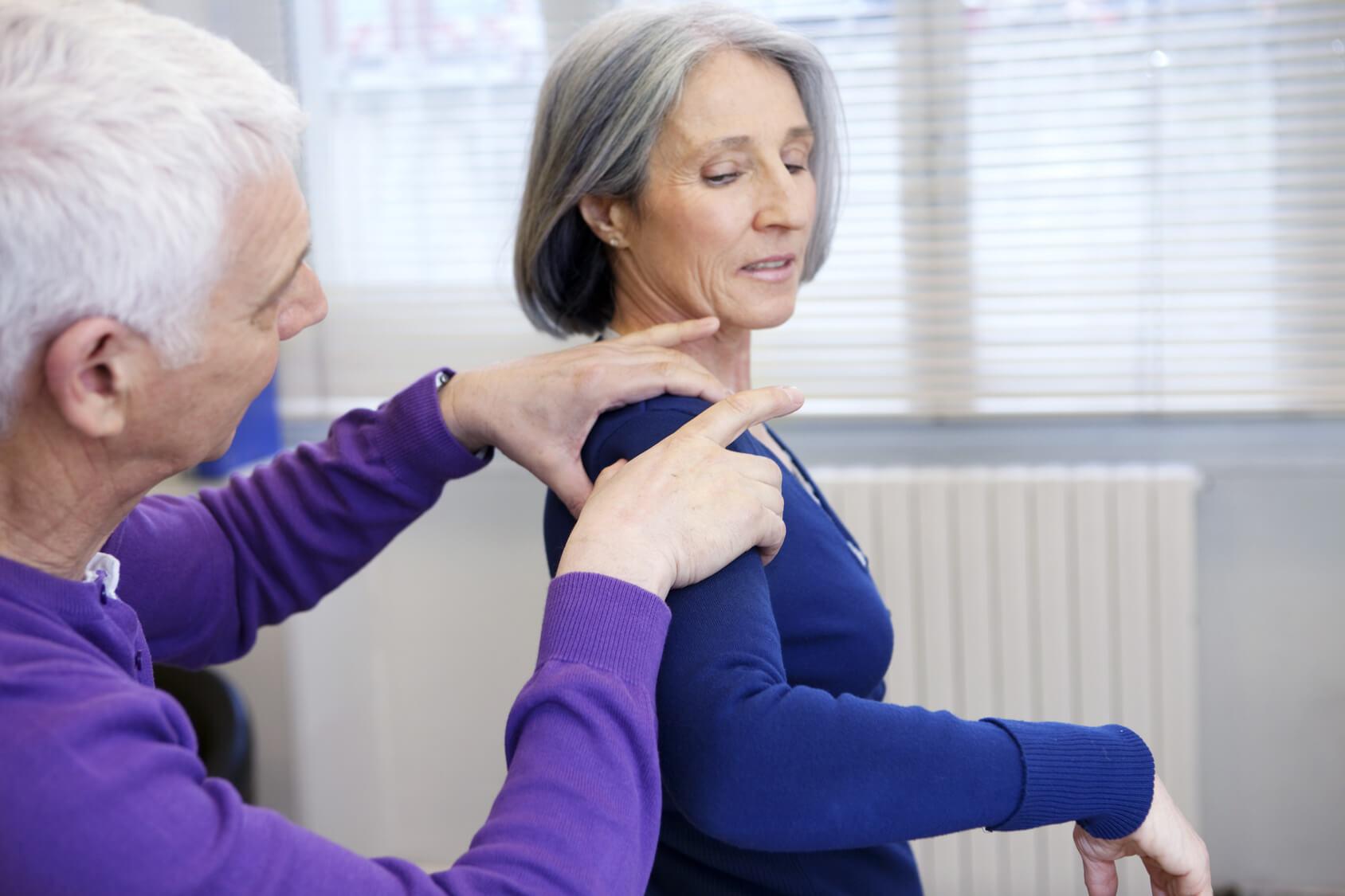Arthroscopy of the shoulder joint is performed for various reasons, traumas and pathologies which are causing unpleasant sensations, pain or movement disorders, but which cannot be treated with conservative methods like physiotherapy, injections or medication administration.

Arthroscopy of the shoulder joint helps:
- to specify the diagnosis;
- to take material for research;
- to resolve the issue of the necessity and method for the surgery;
- to determine the exact location of the pathological focus.
What are the indications for arthroscopy of the shoulder joint?
Indications for arthroscopy are:
- recurrent dislocation or subluxation of the shoulder;
- diseases and damage to the synovium;
- damage to tendons;
- shoulder cuff rupture;
- damage to the joint surface;
- subacromial bursitis;
- limitation of motion;
- posttraumatic arthrosis;
- chondromatosis (existence of the intra-articular bodies).
What are the contraindications for arthroscopy of the shoulder joint?
Contraindications for arthroscopy are:
- acute and chronic infections of the shoulder joint;
- contraindications for anesthesia;
- pustular lesions of the skin integuments in the joint region;
- reduction of the joint cavity;
- bone and pseudo ankylosis.
Arthroscopic procedures on the shoulder joint:
Arthroscopy promotes:
- recovery of the ligamentous apparatus with recurrent shoulder dislocations;
- recovery of the damaged ligaments;
- excision of cartilaginous beddings or osteal exostoses;
- excision of loose cartilage or the inflamed tissue;
- restoration or removal of the upper circumferential cartilage;
- restoration of rotary movements.
Arthroscopic procedures can also be used for plexus brachialis shoulder nerve releases, cyst removal, recovery after fractures and for some other ailments.
Your Journey
A personal assistant supplied by Remed Assistance will welcome you at the airport, accompany you to the hospital and do the necessary translation in order to guarantee a worry-free medical trip experience in Turkey.
Planning the arthroscopic surgery:
Diagnosis and treatment do not require any complex preliminary preparation. The patient should visit a doctor-orthopedist and anesthesiologist in advance. If there are results from any other methods of examination of the shoulder joint, they should be carried about. It is also necessary to make tests for HIV infection, the presence of hepatitis B and C, syphilis, biochemical blood test, ECG, coagulogram (blood coagulation examination).
Treatment
Arthroscopy is performed in a modern surgery room, most often the local anesthesia is enough, but if necessary, doctors can proceed with the general anesthesia. The duration of the arthroscopy of the shoulder joint usually takes no more than 1-1,5 hours.
During the surgery the following tools are used:
- arthroscope - metal rigid tube with a lens system;
- trocar - a tool that pierces the tissue;
- cannula for feeding and draining the fluid into and out of the joint;
- arthroscopic probe - a metal rod with marks to move the joint tissues apart.
After treating the skin with an antiseptic, a small incision is made and an arthroscope is inserted into it. Then a special sterile liquid is injected to make the joint swell, and all its structural parts become better visible in the arthroscope. After an accurate detection of the problem, the separate small incisions are made for the surgical instruments with which the surgery is performed.
At the end of the surgery the instruments and the arthroscope are removed, and the incisions are closed with a large soft bandage over the sutures or with small striae patches.
Recovery and rehabilitation
After surgery the patient stays in the recovery room for 1-2 hours. In the absence of any postoperative complications, the patient is discharged.
- antibiotics are administered prophylactically;
- if necessary the painkillers are to be prescribed;
- the cold is to be applied to the joint area;the shoulder is fixed initially with a bandage;
- the exercise therapy is prescribed from the first day to the full recovery;
- physical activity is reduced for a period from 4 to 6 months.
Departure from airport
You will be accompanied to the airport by a personal assistance. If necessary wheelchair assistance will be arranged in the airport.By provided flight authorization and medical report, you will take your flight to home!
Follow up
After your return, Remedhealth.com agents will be available for any future request.
